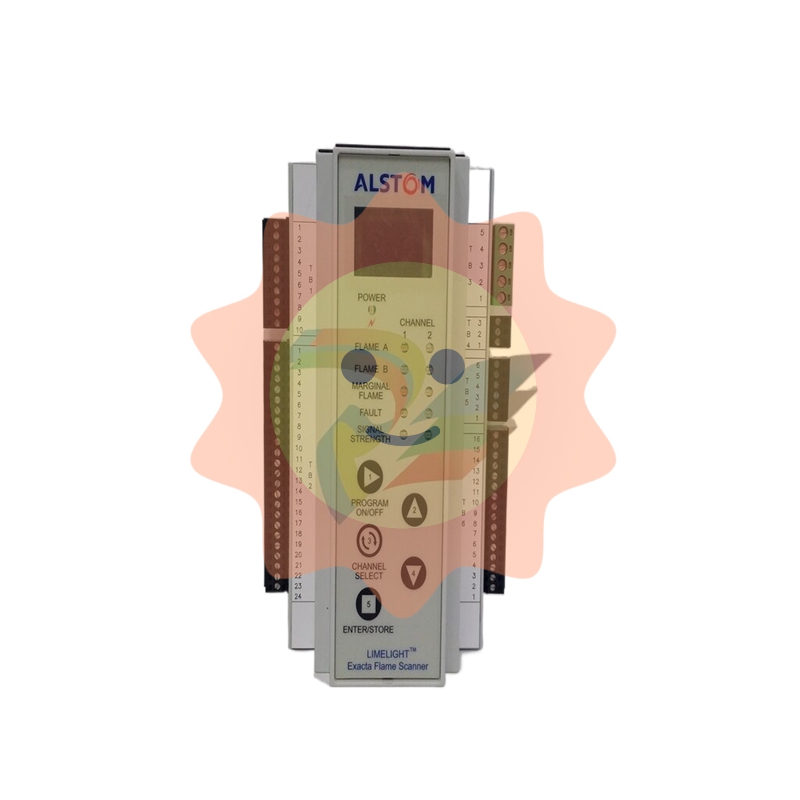What is the energy conversion in the process of power generation in thermal power plants?
Liquid lead reactor
Such reactors use liquid lead as a coolant, which is not only an excellent material for insulating radiation, but can also withstand high operating temperatures. Also, lead absorbs almost no neutrons, so fewer neutrons are lost during cooling, and the coolant does not become radioactive. Unlike sodium, lead is inert, making it less likely to cause accidents, but applying such large amounts of lead can be toxic and tricky to clean up. Such reactors often use lead-bismuth eutectic alloys. In this case, bismuth creates some minor radiological problems because it absorbs a small number of neutrons and also becomes radioactive more easily than lead.
Liquid sodium reactor
Most liquid metal reactors fall into this category. Sodium is readily available and protects against corrosion. However, sodium explodes violently when it encounters water, so be careful when using it. Even so, dealing with a sodium explosion is no more troublesome than dealing with a leak of ultra-hot light water in a pressurized water reactor.
Radioisotope thermogenerators gain heat by passive decay.
Some radioisotope thermogenerators have been used to power space probes (such as Cassini-Huygens), some lighthouses in the Soviet Union, and certain pacemakers. The heat generated by this generator decreases over time, and its heat is converted into electricity through the thermoelectric effect.

Effects on human health
Most of the radiation that humans are exposed to is background radiation in nature. Outside of background radiation, most of it is related to medical treatment. Several large studies covering the United States, Canada and Europe have found no evidence of increased cancer mortality among people living near nuclear reactors. In 1990, for example, the National Cancer Institute (NCI), part of the National Institutes of Health, announced that after a large-scale study of death rates from 16 types of cancer, they concluded that people living around the 62 nuclear power plants in the United States had no higher cancer death rates than elsewhere. The study also found no increase in leukemia deaths among local children after a new nuclear power plant was built. The study, the largest cancer study ever conducted by the National Cancer Institute, looked at 900,000 cancer deaths among people living near nuclear power plants.
In addition to the direct effects of the Chernobyl nuclear accident, in some places in Ukraine and Belarus, the soil is also radioactive. For this reason, an evacuation zone was established around the Chernobyl nuclear power plant.
In March 2006, safety inspections found that some nuclear power plants in the United States had been carrying tritium-contaminated water
In March 2006, safety inspections found that some nuclear power plants in the United States had been leaking tritium-contaminated water into the soil. (The water discharged from the nuclear power plant will flow into the river through the waste pipe, and the waste water will already meet the discharge standards. However, only a very small amount of tritium entered the drinking water supply by releasing it into the soil.) The attorney general of Illinois said she would Sue Exelon for six such leaks, and that she wanted the company to provide clean tap water to nearby residents, even though none of the Wells outside the company had exceeded the standard. After conducting an investigation, the NRC stated that "the inspection confirmed that there were no harmful effects on public health and safety and that the doses to which the public was exposed were very low compared to NRC standards." But, said the chairman of the Nuclear Regulatory Commission, "they need to fix it."
Environmental impact
Air pollution
Non-radioactive water vapor is the main waste emitted by nuclear power plants during operation. Nuclear fission produces gases such as iodine-131 and xenon-133. The gas would mostly be trapped in the fuel rods, but in a hypothetical accident, a small amount would be released into the coolant. Chemical control systems isolate radioactive gases, which need to be stored for a long time (several times their half-life) until they are safe. Iodine-131 and xenon-133 have half-lives of 8.0 and 5.2 days, respectively, so they need to be stored for several months.

Nuclear power generation does not directly produce sulfur dioxide, nitrogen oxides, mercury or other pollutants associated with the burning of fossil fuels. (In the United States alone, many people die each year from pollutants produced by burning fossil fuels.) It also does not produce carbon dioxide directly, which has led some environmentalists to support reliance on nuclear power to reduce emissions of the greenhouse gases that contribute to global warming.
To produce nuclear fuel, ore needs to be collected and processed. The process uses either diesel or gasoline engines directly, or electricity from the grid, which may be generated by burning fossil fuels. The nuclear fuel cycle analysis evaluates the energy consumed by the process (in terms of today's energy mix) and calculates the ratio of the reduction in carbon dioxide emissions (related to how much power the plant provides) to the amount of carbon dioxide emitted (related to the construction of the plant and the acquisition of nuclear fuel) over the life of the plant.
- EMERSON
- Honeywell
- CTI
- Rolls-Royce
- General Electric
- Woodward
- Yaskawa
- xYCOM
- Motorola
- Siemens
- Rockwell
- ABB
- B&R
- HIMA
- Construction site
- electricity
- Automobile market
- PLC
- DCS
- Motor drivers
- VSD
- Implications
- cement
- CO2
- CEM
- methane
- Artificial intelligence
- Titanic
- Solar energy
- Hydrogen fuel cell
- Hydrogen and fuel cells
- Hydrogen and oxygen fuel cells
- tyre
- Chemical fiber
- dynamo
- corpuscle
- Pulp and paper
- printing
- fossil
- FANUC
- Food and beverage
- Life science
- Sewage treatment
- Personal care
- electricity
- boats
- infrastructure
- Automobile industry
- metallurgy
- Nuclear power generation
- Geothermal power generation
- Water and wastewater
- Infrastructure construction
- Mine hazard
- steel
- papermaking
- Natural gas industry
- Infrastructure construction
- Power and energy
- Rubber and plastic
- Renewable energy
- pharmacy
- mining
- Plastic industry
- Schneider
- Kongsberg
- NI
- Wind energy
- International petroleum
- International new energy network
- gas
- WATLOW
- ProSoft
- SEW
- wind
- ADVANCED
- Reliance
- YOKOGAWA
- TRICONEX
- FOXBORO
- METSO
- MAN
- Advantest
- ADVANCED
- ALSTOM
- Control Wave
- AB
- AMAT
- STUDER
- KONGSBERG
- MOTOROLA
- DANAHER MOTION
- Bentley
- Galil
- EATON
- MOLEX
- Triconex
- DEIF
- B&W
- ZYGO
- Aerotech


email:1583694102@qq.com
wang@kongjiangauto.com


















































